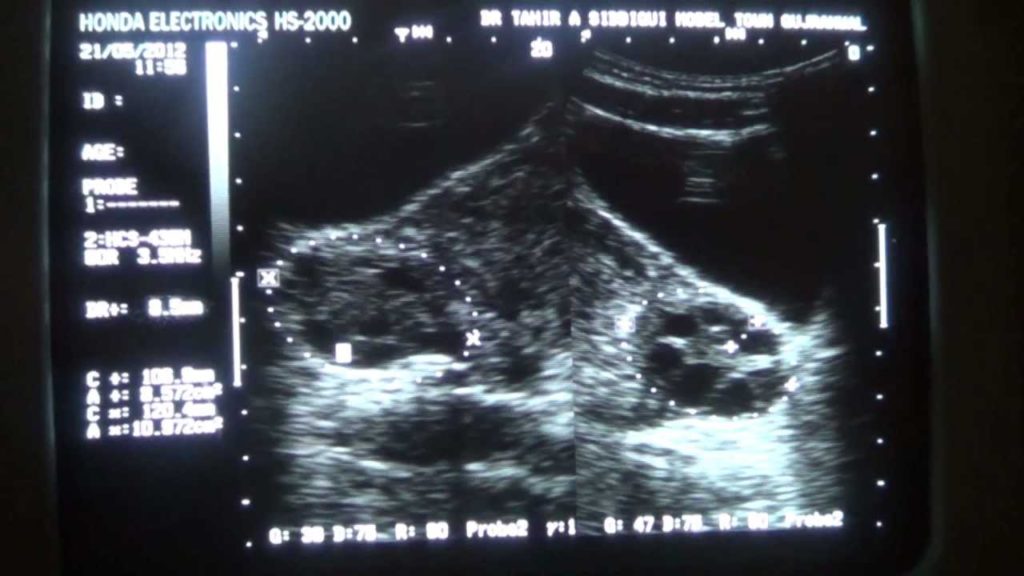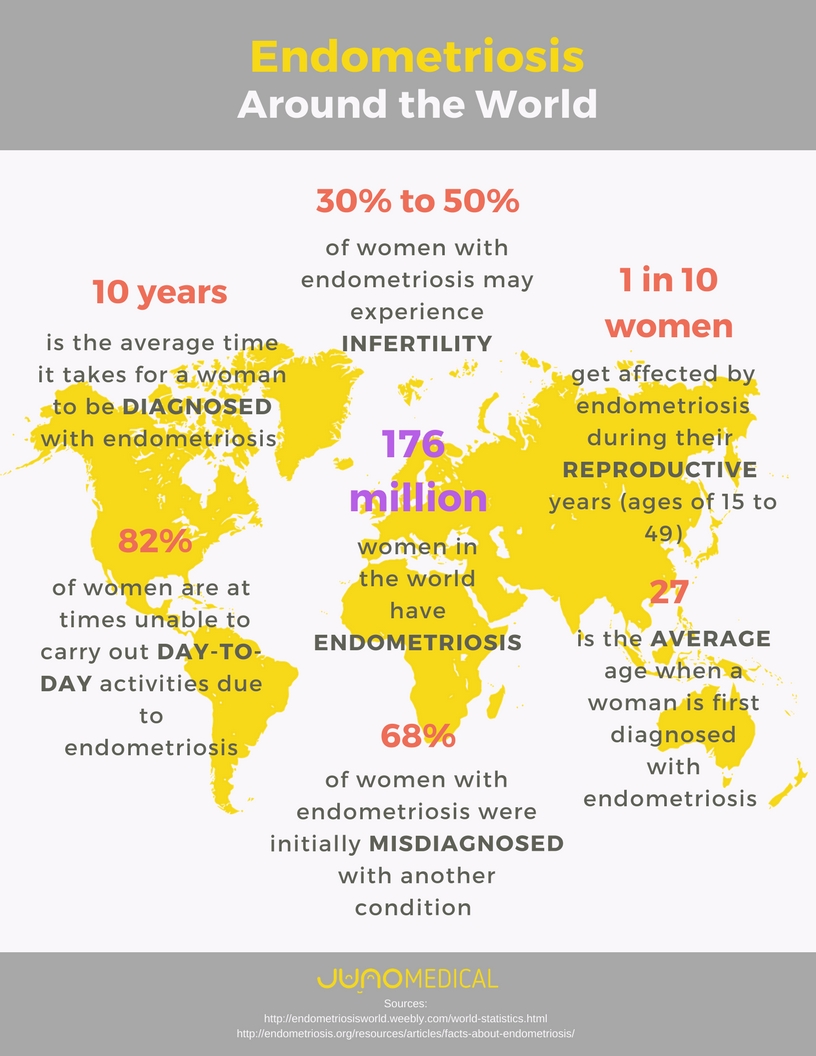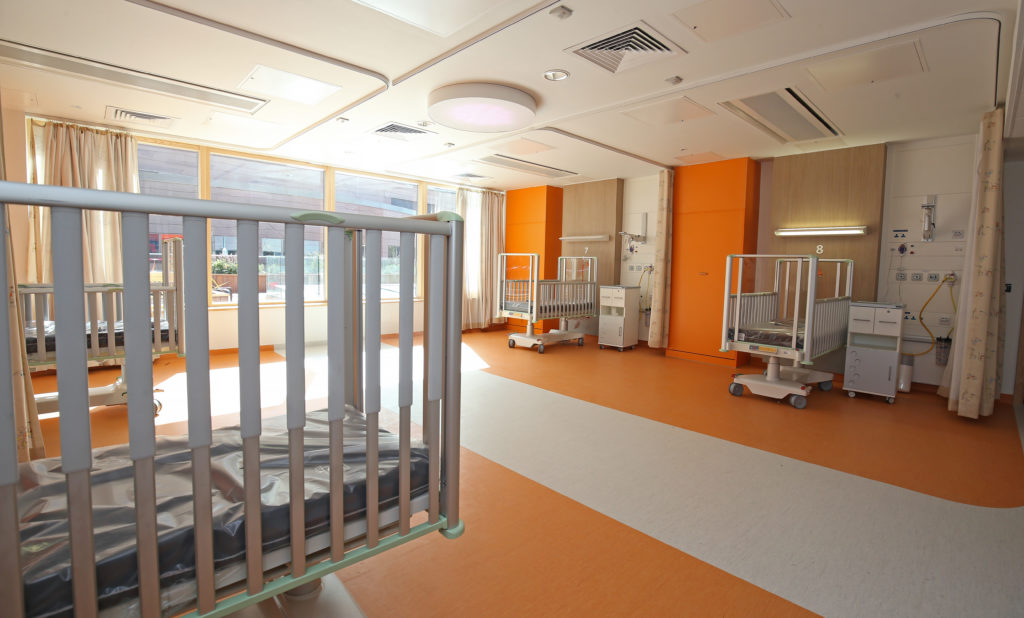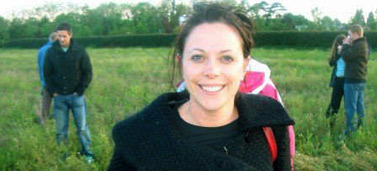Losing your hair as a woman, especially if you’re young or at a vulnerable time in your life, can badly affect your confidence.
Jackie McKillop, Alopecia UK spokesperson and junior nursing sister at Addenbrooke’s Hospital in Cambridge, says society considers hair to be an important part of how you look:
“For women, there is a social stigma attached to going bald,” she says. “Hair loss can affect your sensuality and how you perceive yourself. There are usually emotional trials and tribulations when it happens.
“Some women question whether their partner will still love them. I’ve known others become socially reclusive and give up enjoyable activities like swimming and going to the gym, because they can’t bear using the communal changing rooms for fear of their hair loss being discovered.”
Hair loss, known medically as alopecia, is common. It’s estimated, for instance, that around 50% of women over the age of 65 experience female-pattern baldness – the most common type of hair loss, which is thought to be inherited.
Different types of hair loss
There are lots of different types of hair loss. It can take the form of “thinning” or involve a total loss of hair. It can be gradual or sudden; it can affect the old and the young.
Hair loss can be genetic, or as a result of extreme stress, a medical condition or treatment.
Hair loss is a well-known side effect of chemotherapy, and around 50% of women lose more hair than usual after they’ve given birth.
Hair loss treatments
Jackie McKillop, who has herself lost all her hair, says it can help to address the physical aspects of hair loss. Try to find out everything you can about hair loss and the treatment options available to you.
A proven treatment for female-pattern baldness is a hair lotion containing minoxidil. After using it, most women see improvements, including a slowing or stopping altogether of balding, as well as thicker hair. Up to 25% of women experience hair regrowth while using it.
Always contact your GP or dermatologist for advice before starting or finishing any treatments or medication for alopecia.
Find out about hair loss treatments that work.
Ways to cope with hair loss
It’s also important to address the psychological impact of hair loss. If you’ve lost your hair, even temporarily, life will be easier if you can accept what’s happened and learn to live with your altered appearance.
“How well you cope with looking at yourself in the mirror depends on your coping strategies, personality, self-esteem and the support around you,” says Jackie. “It’s really important to try to promote positivity in your life.”
Here are some useful self-help tips:
Share stories: It helps to know you’re not alone. Watch this video of a woman’s personal experience of alopecia, read this real-life story of Michelle Chapman who was diagnosed with alopecia when she was five. Read the comments at the end of this article to see how others cope.
Join a support group: There are groups around the country where you can meet and socialise with other people with alopecia. Find your nearest Alopecia UK support group.
Go online: If you prefer to go online to talk to others, join Alopecia UK’s discussion forum.
Accept it: It’s not easy, but try to come to terms with your hair loss. One way to do this is to make a list of all your good qualities and focus your energy on celebrating these attributes.
Talk about it: Discuss your hair loss with your friends, family and loved ones, preferably early on. Let them know how you feel about it and what kind of support you need. If hair loss is affecting your relationship with your partner, going to therapy or couples counselling may help.
Cover up: Look into disguising and covering up your hair loss with things like wigs, hair extensions, scarves and make-up. Persevere until you find a product and style that suits you. “Equally, you may prefer not to cover up at all. Whatever works best for you,” says Jackie.
If you have hair loss that you find difficult to cover up (around 50% hair loss or more), or your hair loss is a result of cancer treatment, you could be eligible for a wig on the NHS. Find out about NHS wigs.
Be patient: many cases of hair loss in women are temporary. That said, regrowth is unpredictable and can take years. Remember that your new hair can be any texture and colour.
Avoid miracle cures: don’t be taken in by claims for wonder products. There are no cures for female hair loss.
“There are lots of snakeoil products out there. Usually the greater the claim, the greater the letdown,” says Jackie McKillop. Her advice is to stick to products recommended in the British Association of Dermatologists’ clinical guidelines (PDF, 85kb).
You can read more articles on all aspects of hair loss, including the different types, its diagnosis and treatment.




